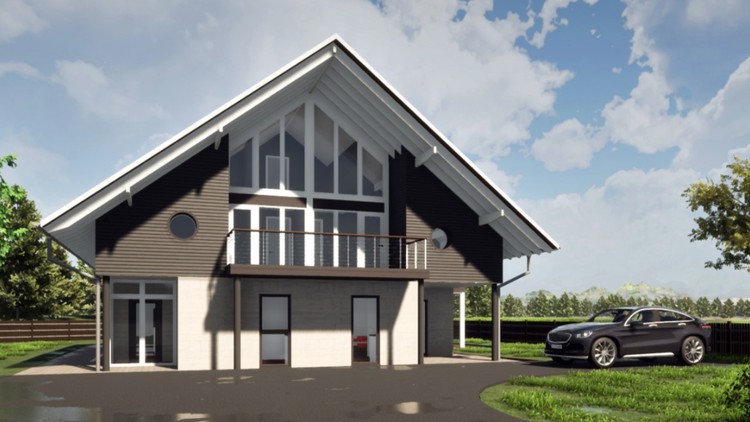
Learn the workflow between Twinmotion and 3ds Max for creating architectural visualizations
What you will learn
The workflow between Twinmotion and 3ds Max
Creating architectural visualizations
The basics of Twinmotion
Detailing the interface and setting up preferences
How to export a project from 3ds Max into Twinmotion
How to add materials and objects, along with details like vegetation
Working with lights, cameras, and weather
how to export the scenes as images, videos, and presentations
Description
- 1h 24m
- Intermediate
Twinmotion is a real-time visualization tool for the AEC and product design world that enables photo-realistic, real-time renders for a variety of platforms. In this course, I show the workflow between Twinmotion and 3ds Max for creating architectural visualizations. I start with the basics of Twinmotion, detailing the interface and setting up preferences, and then show how to export a project from 3ds Max into Twinmotion. I explain how to add materials and objects, along with details like vegetation. I also cover working with lights, cameras, and weather, before showing how to export the scenes as images, videos, and presentations.
If you’ve ever wanted to create real-time, immersive 3D architectural visualizations, Twinmotion might be just the software for you. We take a look at how to take a 3ds Max project and finish it Twinmotion. We’re going to start off in 3ds Max and export our project into Twinmotion, and then we’re going to add materials to our objects as well as details such as objects and vegetation. Finally, we’re going to work with lights, camera, and weather to finish our scenes and then output it as images, video, and presentations. So join me as we take a look at Twinmotion with 3ds Max.